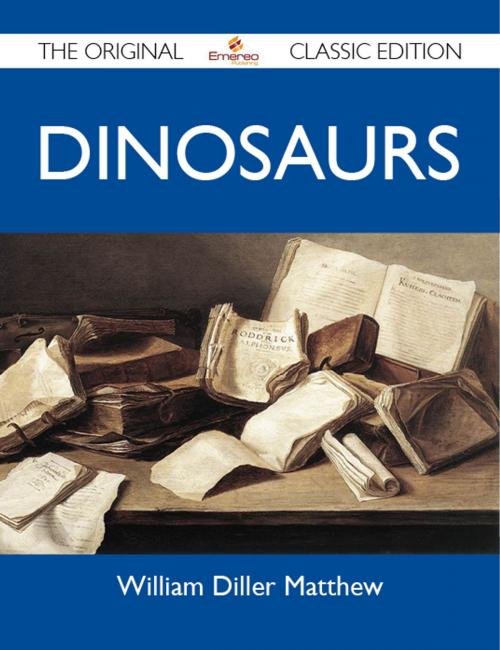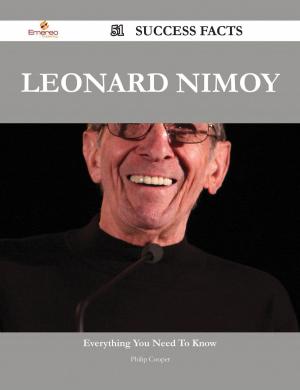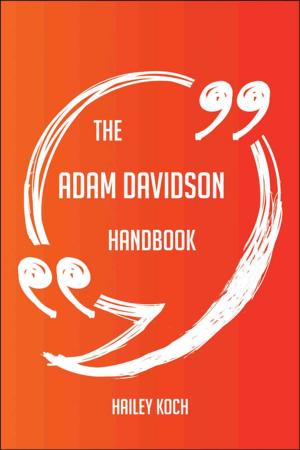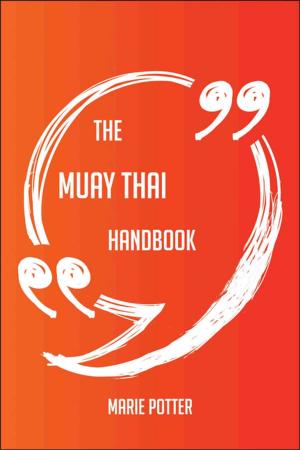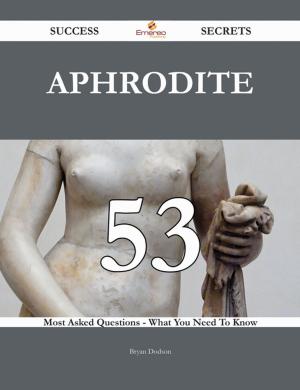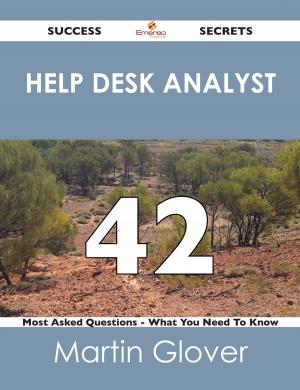Dinosaurs - The Original Classic Edition
Nonfiction, Reference & Language, Reference, Fiction & Literature| Author: | Matthew William | ISBN: | 9781486418084 |
| Publisher: | Emereo Publishing | Publication: | October 24, 2012 |
| Imprint: | Emereo Publishing | Language: | English |
| Author: | Matthew William |
| ISBN: | 9781486418084 |
| Publisher: | Emereo Publishing |
| Publication: | October 24, 2012 |
| Imprint: | Emereo Publishing |
| Language: | English |
Finally available, a high quality book of the original classic edition.
This is a new and freshly published edition of this culturally important work, which is now, at last, again available to you.
Enjoy this classic work today. These selected paragraphs distill the contents and give you a quick look inside:
The Crocodiles and Turtles of the swamps were not so very different from their modern descendants; there were also sea-crocodiles, sea-turtles, huge marine lizards (Mosasaurs) with flippers instead of feet; and another group of great marine reptiles (Plesiosaurs) somewhat like sea-turtles but with long neck and toothed jaws and without any carapace.
...The immense interval of time that preceded, and the no less vast stretch of time that separated them, is represented in the record of Dinosaur history by a multitude of tracks and a few imperfect skeletons assigned to the close of the Triassic period, and by a few fragments from formations which may be [24]intermediate in age between the Jurassic-Comanchic and the late Cretacic.
...[2] If some vast catastrophe should today blot out all the mammalian races including man, and the birds, but leave the lizards and other reptiles still surviving, with the lower animals and plants, we might well expect the lizards in the course of geologic periods to evolve into a great and varied land fauna like the Dinosaurs of the Mesozoic Era.
...These tracks are the footprints of numerous kinds of dinosaurs, large and small, mostly of the carnivorous group, which lived in that region in the earlier part of the Age of Reptiles, and much has been learned from them as to the habits of the animals that made them.
...With these data at hand the original idea was conceived of combining these two skeletons, both from the same formation and found within a few miles of each other, to represent what must actually have happened to them in the remote Jurassic period, and mount the Allosaurus skeleton standing over the remains of a Brontosaurus in the attitude of feeding upon its carcass.
Finally available, a high quality book of the original classic edition.
This is a new and freshly published edition of this culturally important work, which is now, at last, again available to you.
Enjoy this classic work today. These selected paragraphs distill the contents and give you a quick look inside:
The Crocodiles and Turtles of the swamps were not so very different from their modern descendants; there were also sea-crocodiles, sea-turtles, huge marine lizards (Mosasaurs) with flippers instead of feet; and another group of great marine reptiles (Plesiosaurs) somewhat like sea-turtles but with long neck and toothed jaws and without any carapace.
...The immense interval of time that preceded, and the no less vast stretch of time that separated them, is represented in the record of Dinosaur history by a multitude of tracks and a few imperfect skeletons assigned to the close of the Triassic period, and by a few fragments from formations which may be [24]intermediate in age between the Jurassic-Comanchic and the late Cretacic.
...[2] If some vast catastrophe should today blot out all the mammalian races including man, and the birds, but leave the lizards and other reptiles still surviving, with the lower animals and plants, we might well expect the lizards in the course of geologic periods to evolve into a great and varied land fauna like the Dinosaurs of the Mesozoic Era.
...These tracks are the footprints of numerous kinds of dinosaurs, large and small, mostly of the carnivorous group, which lived in that region in the earlier part of the Age of Reptiles, and much has been learned from them as to the habits of the animals that made them.
...With these data at hand the original idea was conceived of combining these two skeletons, both from the same formation and found within a few miles of each other, to represent what must actually have happened to them in the remote Jurassic period, and mount the Allosaurus skeleton standing over the remains of a Brontosaurus in the attitude of feeding upon its carcass.
